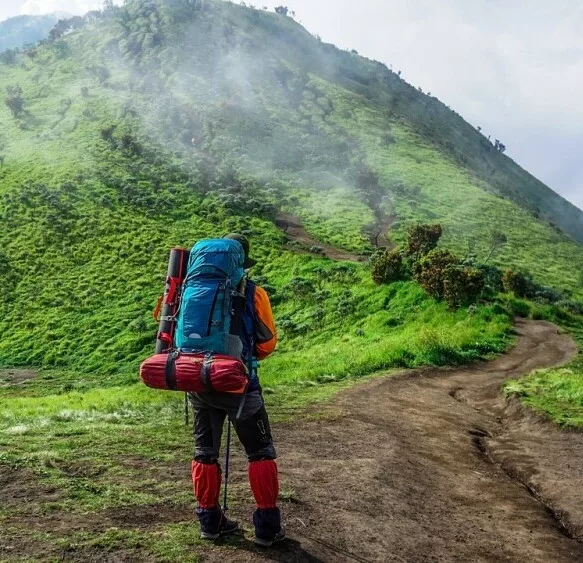How to Survive and Thrive in the Wilderness
Embarking on a solo backpacking adventure is an invigorating journey to intimately connect with nature. As an experienced outdoor enthusiast writing about hiking and backpacking, I know firsthand the importance of meticulous planning and preparation for solo backpacking trips. Whether you’re a seasoned solo hiker or a beginner venturing into the wild, mastering these essential solo backpacking tips is crucial for enhancing safety and optimizing your outdoor adventure.

1. Plan Your Route and Inform Others
Before embarking on your solo adventure, thoroughly research your route using reliable trail maps and outdoor apps. Plan your itinerary carefully, taking into account the terrain, elevation changes, and potential hazards such as wildlife encounters or weather conditions.
It’s crucial to inform a trusted friend or family member about your plans, including your intended route and expected return date. This ensures that someone knows where you are in case of emergencies.
2. Pack Wisely and Lightly
Packing the right gear is essential for a successful solo backpacking trip. Invest in lightweight, durable equipment such as a high-quality tent, sleeping bag, and portable stove.
Bring enough food and water to sustain yourself throughout the trip, plus extra supplies in case of unexpected delays. Consider packing a water filtration system to access safe drinking water from natural sources.
3. Prioritize Safety
Safety should always be your top priority when solo backpacking. Carry a first aid kit and know how to use it for treating minor injuries or ailments. Familiarize yourself with basic survival skills such as starting a fire and building a shelter in case of emergencies.
Stay updated on weather forecasts and be prepared to adjust your plans accordingly. Always adhere to Leave No Trace principles to minimize your impact on the environment.
4. Stay Oriented and Aware
Navigation skills are crucial for solo backpackers. Carry a map and compass, and know how to use them to navigate your route confidently. Consider using GPS devices or smartphone apps as backup navigation tools, ensuring you stay on track.
Remain vigilant and aware of your surroundings, especially in areas known for wildlife encounters. Make noise while hiking to alert animals of your presence and reduce the risk of surprising them.
5. Embrace the Solitude and Enjoyment
Solo backpacking offers a unique opportunity for self-discovery and introspection. Take time to appreciate the solitude and beauty of the wilderness around you. Keep a journal to document your experiences and reflections during the journey.
Capture stunning photographs of landscapes and wildlife responsibly, respecting their natural habitat. Connect with fellow hikers and outdoor enthusiasts through online forums or social media to share your experiences and learn from others.
To learn more about camping in the wild click here: A mountain Camping Guide Made Easy to Read
Conclusion
Solo backpacking requires careful planning, preparation, and a respect for nature. By following these essential tips, you can enhance your safety, enjoyment, and overall experience in the wilderness. Remember to always prioritize safety, pack responsibly, and embrace the adventure of exploring the great outdoors on your own. Before heading out on your own, we highly recommend you prepare and make you sure you are familiar with the terrane.
Happy hiking!
** Here’s a little transparency. Our website contains affiliate links. This means if you click and purchase, we may receive a small commission. Don’t worry, there’s no extra cost to you. It is a simple way you can help support our mission to bring you quality content. **
(As an Amazon Associate, I earn from qualifying purchases)